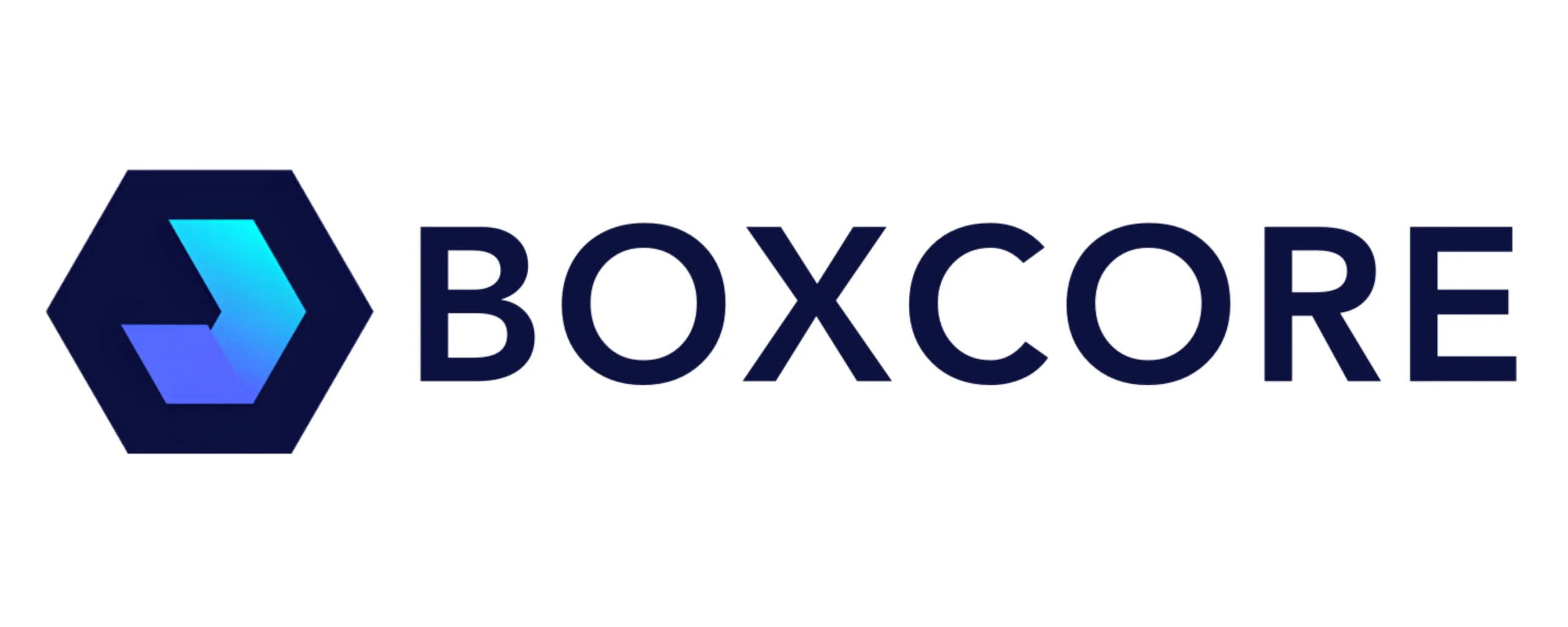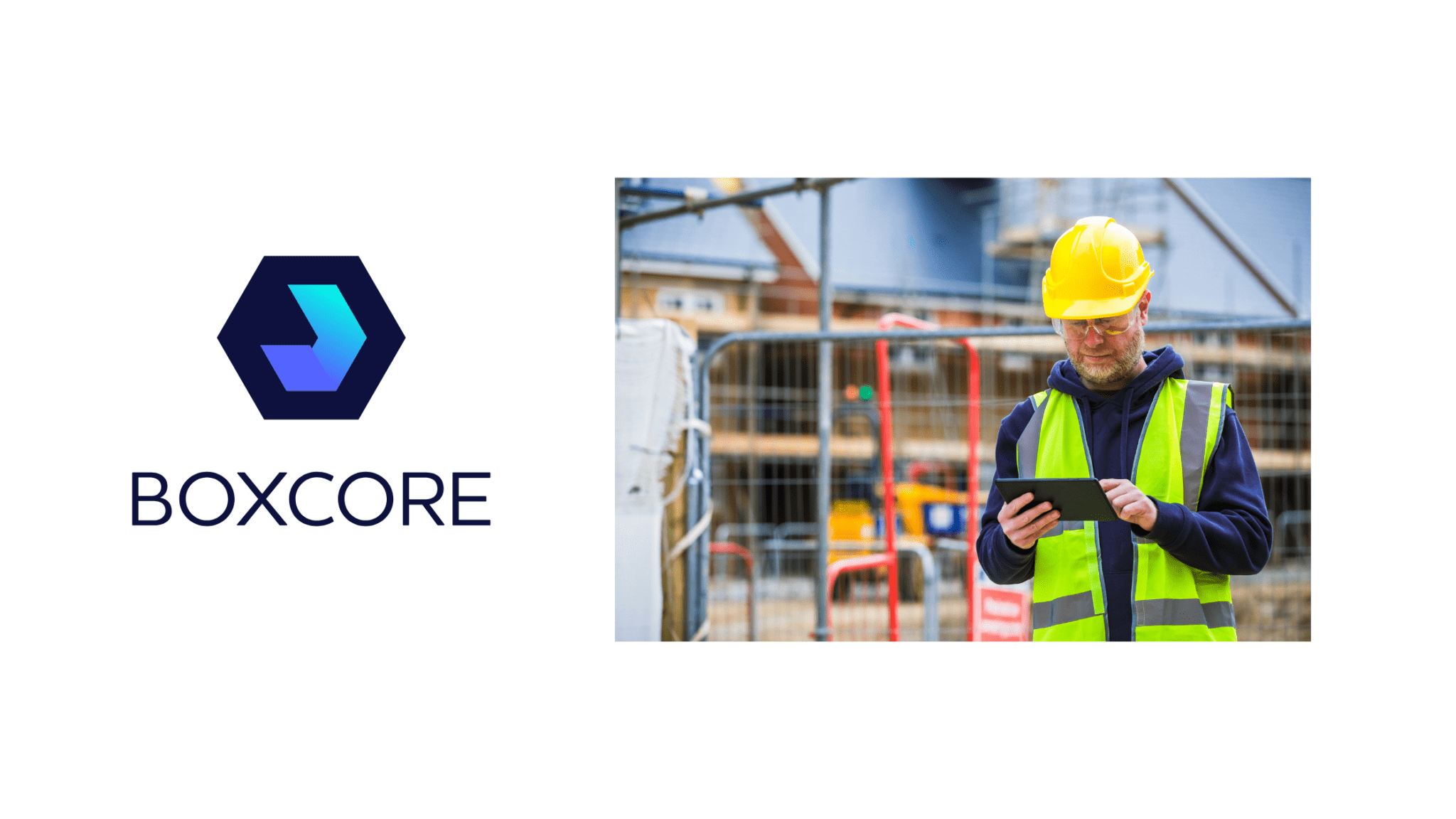Safety management software is no longer optional in construction. Unlike many other industries, construction sites are dynamic, ever-changing environments where hazards shift daily, subcontractors rotate in and out, and new risks appear as projects progress. Keeping workers safe, compliant, and productive requires more than paper registers or scattered spreadsheets. It demands a digital platform built for the field, designed to handle both the pace and complexity of modern construction.
Contractors who continue to rely on outdated manual processes face delays, compliance risks, and spiralling insurance costs. Safety management software brings all site safety data into one place, streamlining workflows and providing real-time visibility for both subcontractors and general contractors. The right platform eliminates administrative bottlenecks and ensures that frontline staff – the people actually on site – can adopt it quickly without weeks of training.
This article explores why construction is unlike any other industry when it comes to safety management and outlines five essentials that safety management software must include if it’s to deliver real value to contractors, subcontractors, and project teams.
Why Construction Is Different from Other Industries
Manufacturing, retail, or office-based industries operate in relatively stable environments. Processes are predictable and hazards remain constant. Construction, on the other hand, is defined by change:
- Dynamic work environments – Every site evolves daily as groundworks, structures, and systems take shape. Hazards differ week to week, from excavation risks to working at height.
- Rotating workforce – Subcontractors, agency staff, and specialists arrive and leave throughout a project. Tracking their training, certifications, and site hours is a constant challenge.
- Heavy regulation – Contractors must comply with national frameworks such as CSCS in the UK, SafePass in Ireland, OSHA cards and SST in the US, while also ensuring project-specific and task-specific training is tracked.
- Multiple stakeholders – General contractors, subcontractors, and clients all require visibility of compliance records, training logs, and safety performance. Data silos create unnecessary duplication and risk.
- High-risk activities – From cranes to confined spaces, construction hazards can be life-threatening. A single oversight can result in serious injury, reputational damage, or prosecution.
This combination of complexity and risk means construction safety software cannot be managed with tools designed for static industries. Contractors need safety management software tailored to the field, fast to adopt, and flexible enough to deal with shifting requirements across projects.
5 Key Things Safety Management Software Must Include
Not all software is created equal. Many platforms look impressive in the office but fail when tested on site. For software to work in construction, it must support frontline adoption and provide immediate benefits to those using it every day. Based on our experience at Boxcore, here are five essentials.
1. Ease of Use and Speed of Adoption
The most powerful software is useless if site teams won’t use it. Construction crews work under pressure and cannot afford systems that require lengthy training. Safety management software must:
- Be intuitive enough for operatives, supervisors, and subcontractors to use with minimal instruction.
- Provide mobile-first design for quick access in the field, even in low-bandwidth environments.
- Enable onboarding in hours, not weeks, with straightforward data migration of existing training and safety records.
Boxcore clients are typically fully live within a matter of hours with their own data, and subcontractors can get going with only a few minutes of training. Adoption at the frontline is the difference between success and failure.
For more on this, see our blog on effective construction worker onboarding.
2. All Safety Data in One Place
Fragmented systems – Excel files for training, PDFs for audits, separate apps for inspections – create duplication and increase risk. The best safety management software provides a single source of truth:
- Automated registers for training, documents, and assets.
- Digital inductions/orientations to ensure every worker is approved before stepping onsite.
- Central storage for RAMS, permits, CSCS cards, SafePass, OSHA, SST, and site-specific certifications.
- Instant access for managers, auditors, and clients across devices.
Bringing everything together cuts out endless emails and manual uploading, ensuring compliance information is always current and accessible.
Read more about how Boxcore supports both general contractors and subcontractors in creating a single safety record system.
3. Integration with Site Access and Time Tracking
Modern safety management software is not just about managing documents; it’s about knowing who is onsite and whether they are trained to be there. Facial recognition access control and integrated time tracking are game-changers for construction.
- Only workers with approved safety status can access site.
- Real-time dashboards show who is onsite, broken down by company.
- Training and orientation records are tied directly to access control, eliminating the risk of unqualified workers entering.
- Automated time and attendance reporting reduces payroll disputes and improves productivity.
This integration ensures safety and workforce management operate as one system rather than separate silos. Our article on construction site access control explores this in more detail.
4. Cyber Security and Data Protection
Construction projects involve sensitive personal data, including worker IDs, training records, and biometric information. Safety management software must be built with privacy at its core:
- SOC 2 Type 2 certification provides assurance of independent verification.
- Secure cloud hosting ensures data is protected and accessible anywhere.
- Controlled access levels prevent unauthorised viewing or editing of records.
Contractors cannot afford compliance breaches or data leaks. With regulators tightening controls, cyber security is as essential as safety helmets onsite. The right safety management software must also ensure your data is secure.
Learn how Boxcore supports ISO 45001 compliance for contractors who need to demonstrate both safety and security.
5. Real-Time Dashboards and Automated Reporting
Paper systems and spreadsheets can only ever provide a snapshot in time. Construction projects need real-time data to make quick, informed decisions. Safety management software must deliver:
- Dashboards showing compliance status, expiring training, overdue inspections, and outstanding safety actions.
- Automated alerts to prevent lapses before they occur.
- One-click reporting for audits, insurance, and client meetings.
- Historical records for lessons learned and benchmarking across projects.
With real-time dashboards, site managers and directors no longer waste time chasing updates. Instead, they can see instantly where risks lie and act before they escalate.
Our blog on construction compliance software explains how automation transforms site readiness and audit preparation.
The Benefits of Safety Management Software
When these five essentials come together, contractors realise tangible benefits across compliance, productivity, and cost control:
- Reduced compliance risk – No more missing training records, expired CSCS, OSHA. or SafePass cards, or lost permits.
- Eliminated admin tasks – No duplication of data, fewer emails, and no more juggling spreadsheets.
- Improved productivity – Site teams spend less time checking documents and more time building.
- Reduced insurance premiums – Demonstrable compliance records and real-time tracking help contractors negotiate better rates.
- Scalable growth – From local projects to Tier One jobs, software that works in the field scales seamlessly.
As Padraig Reilly, CEO & Founder of Boxcore, puts it:
“At the end of the day, our goal is simple: we want to give contractors tools that actually make their lives easier on site. It’s about cutting down the admin, improving safety and helping teams get the job done with less hassle.”
Why Contractors Are Choosing Boxcore
Boxcore was built specifically for construction by engineers and project managers who understand site realities. Unlike generic systems, it has been proven on over 1,100 projects with more than 40,000 worker profiles. Key advantages include:
- Rapid deployment and ease of adoption.
- Real-time integration of training, access control, and workforce data.
- Practical design loved by frontline crews as well as directors.
- Local onboarding and support with no additional cost for subcontractor training.
- Recognition through industry awards, including the Irish Construction Excellence Award for Product Innovation.
For contractors in Ireland, the UK, or the US, Boxcore provides the practical, scalable, and secure safety management software needed to succeed. Book a Demo today and see how Boxcore’s easy-to-implement solution can make your team safer and more productive.


